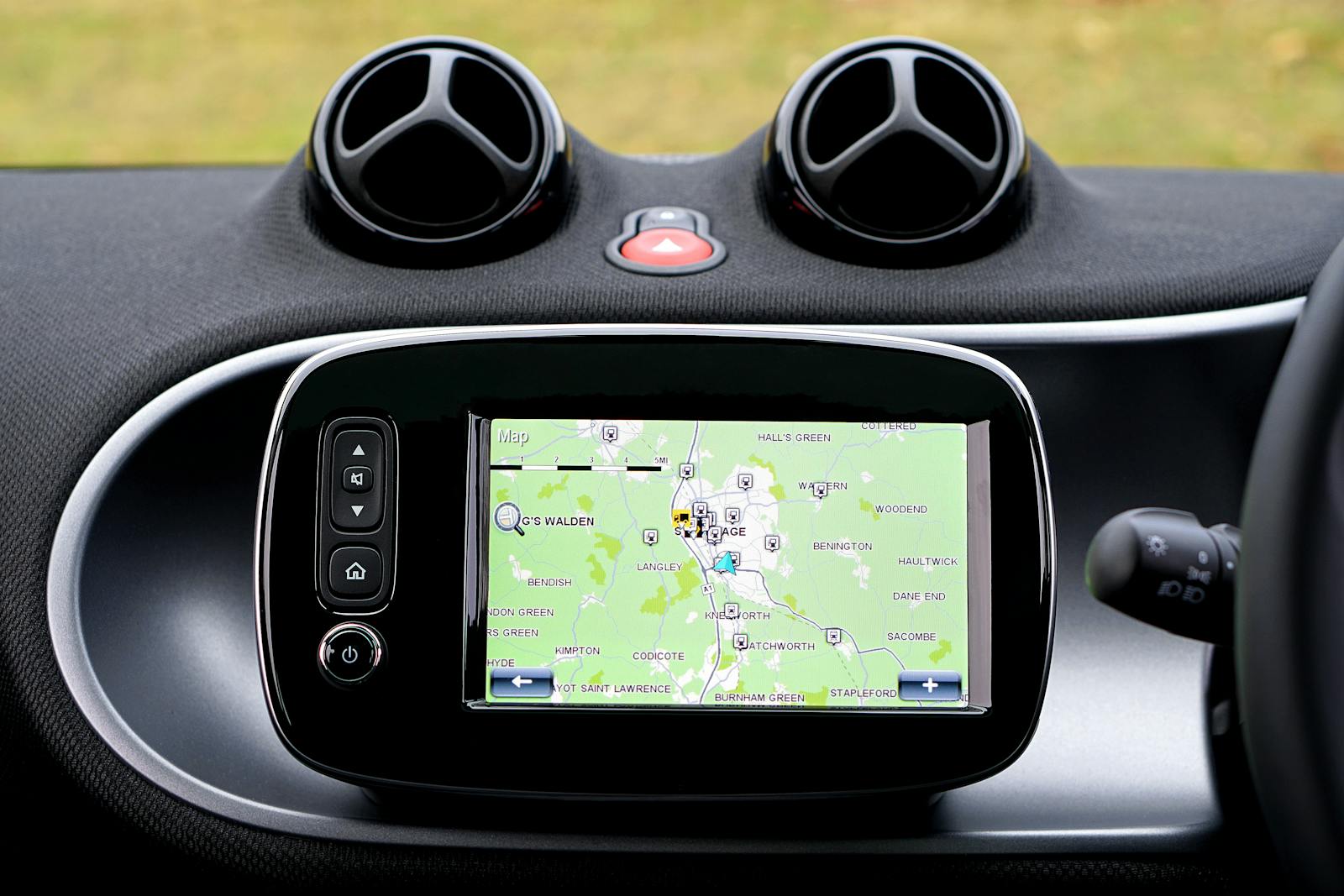Can You Trust Your GPS?

A recent tragedy in Uttar Pradesh has cast doubt on the reliability of technological advancements, particularly GPS navigation systems. Three individuals lost their lives when their vehicle, guided by Google Maps, drove off a damaged bridge and plunged into a river.[1] This heartbreaking incident underscores the necessity of exercising caution, even when relying on advanced technology.
The irony of the situation is striking. A tool designed to enhance safety and efficiency instead contributed to a devastating outcome. This event raises critical questions about the limitations of technology and the irreplaceable value of human judgment, even in an era dominated by artificial intelligence.
Table of Contents
The Role of Google Maps
The Uttar Pradesh tragedy highlights the potential dangers of over-reliance on technology. The vehicle, directed by Google Maps, encountered an unmarked, damaged bridge, leading to the fatal accident. In response, Google expressed condolences and pledged to cooperate with local authorities in the investigation. However, the incident has raised serious concerns about the accuracy of the map data provided by Google Maps.
It appears the navigation system failed to account for the damaged bridge, likely due to outdated information. This oversight has sparked public outrage and demands for accountability. The grieving families of the victims have called for a thorough investigation to determine the causes of the accident. They have also criticized both Google and local authorities for negligence—the failure to maintain the bridge and provide adequate warnings has been widely condemned.
The incident could lead to legal action against both Google and responsible government officials. Victims’ families may file lawsuits seeking compensation, while public interest groups might petition for stricter accountability measures to prevent similar tragedies in the future.
Accountability Mechanisms
As a service provider, Google Maps owes a duty of care to its users to provide accurate and reliable navigation information. If it directed the driver to an unsafe, under-construction bridge without appropriate warnings, it could constitute negligence. Under Indian law, Google Maps is classified as a “service” under Section 2(42) of the Consumer Protection Act, 2019. Deficiencies in this service—such as outdated, incorrect, or misleading information—could expose the company to claims for damages.
Furthermore, Google Maps may qualify as an “intermediary” under Section 2(1)(w) of the Information Technology Act, 2000. While intermediaries generally enjoy immunity from liability under Section 79, this protection is contingent on due diligence. A failure to update critical road safety information or incorporate real-time updates could void this immunity. Google could also face scrutiny under Section 43A of the IT Act, which mandates reasonable security practices for service providers. Failing to ensure accurate navigation in hazardous situations might be argued as a violation of Article 21 of the Indian Constitution, which guarantees the Right to Life.
However, Google Maps’ terms and conditions explicitly disclaim liability for inaccuracies or unforeseen hazards, asserting that its guidance is for reference only. Courts may uphold these disclaimers as legally binding, limiting the company’s liability for third-party actions or road maintenance issues. Additionally, the maintenance of roads, bridges, and signage falls under the jurisdiction of local municipal or state authorities. Google Maps could argue it merely aggregates publicly available data and does not control real-time road conditions. Section 79’s protections would apply if Google lacked knowledge of inaccuracies or hazards.
For legal claims to succeed, plaintiffs must prove the accident was a foreseeable consequence of Google Maps’ navigation error. Evidence of contributory negligence — such as ignoring visible construction warnings, poor lighting, or barricades — could weaken the case against the company.
Lessons Learned and Future Implications
This tragedy underscores the enduring importance of human judgment and critical thinking, even when using advanced technology. GPS systems have transformed how we travel, but they are not foolproof. Users should remain vigilant, especially when navigating unfamiliar or hazardous routes, and verify the information provided by these systems.
For technology companies, ensuring the accuracy and reliability of navigation systems must be a top priority. Regular updates, advanced mapping tools, real-time traffic data, and user feedback integration can enhance safety and minimize errors. Rigorous quality control measures are essential to reducing the risk of such tragedies.
Government agencies also have a role to play. Collaboration with technology companies to maintain accurate and reliable navigation systems is crucial. Regular infrastructure inspections, maintenance of roads and bridges, and robust safety measures are essential for public safety. By learning from this incident and taking proactive steps, we can strive to prevent similar accidents and safeguard the lives of all road users.
[1] https://timesofindia.indiatimes.com/technology/tech-news/google-maps-pwd-officials-booked-in-bareilly-bridge-death-case-that-killed-3-google-issues-statement/articleshow/115689126.cms.
King Stubb & Kasiva,
Advocates & Attorneys
New Delhi | Mumbai | Bangalore | Chennai | Hyderabad | Mangalore | Pune | Kochi
Tel: +91 11 41032969 | Email: info@ksandk.com
By entering the email address you agree to our Privacy Policy.